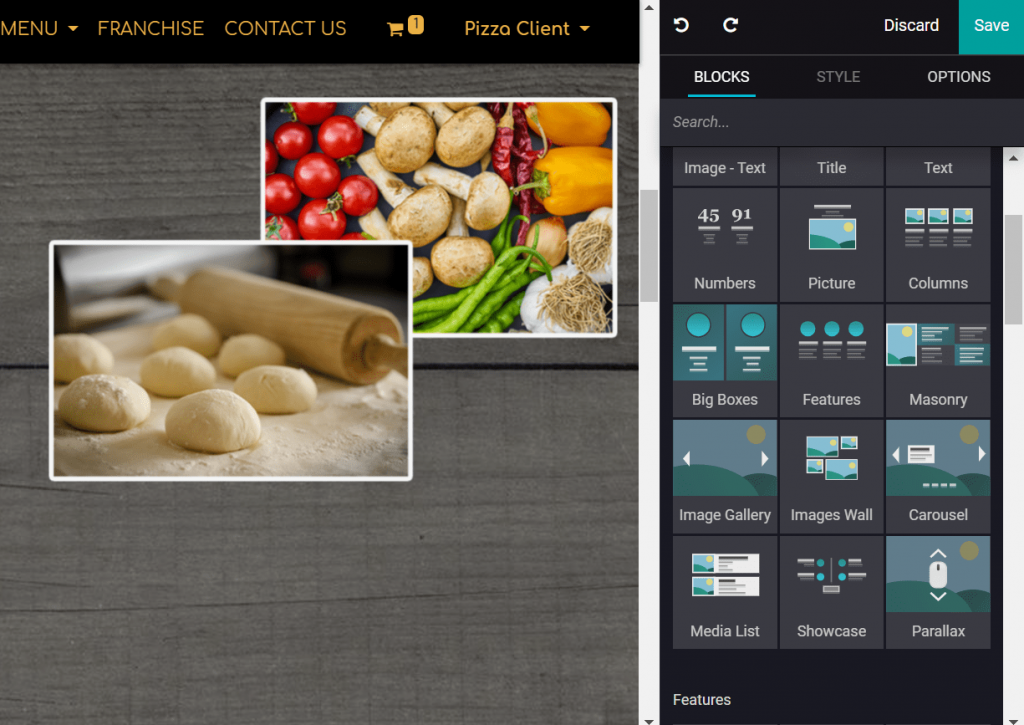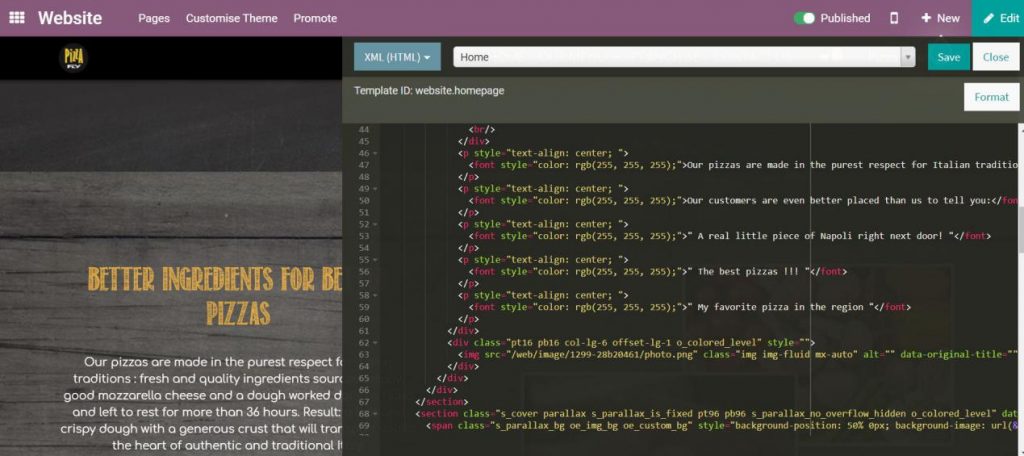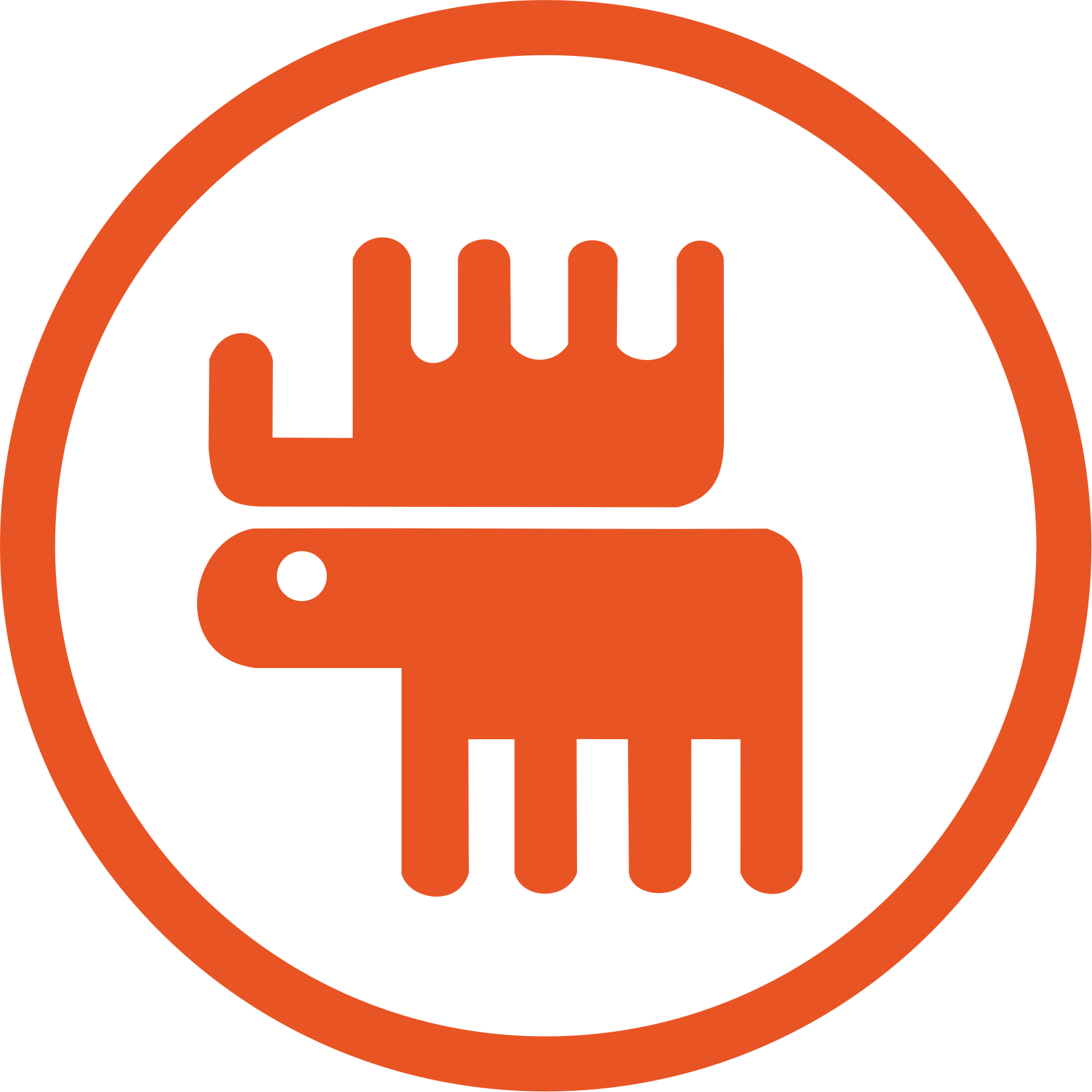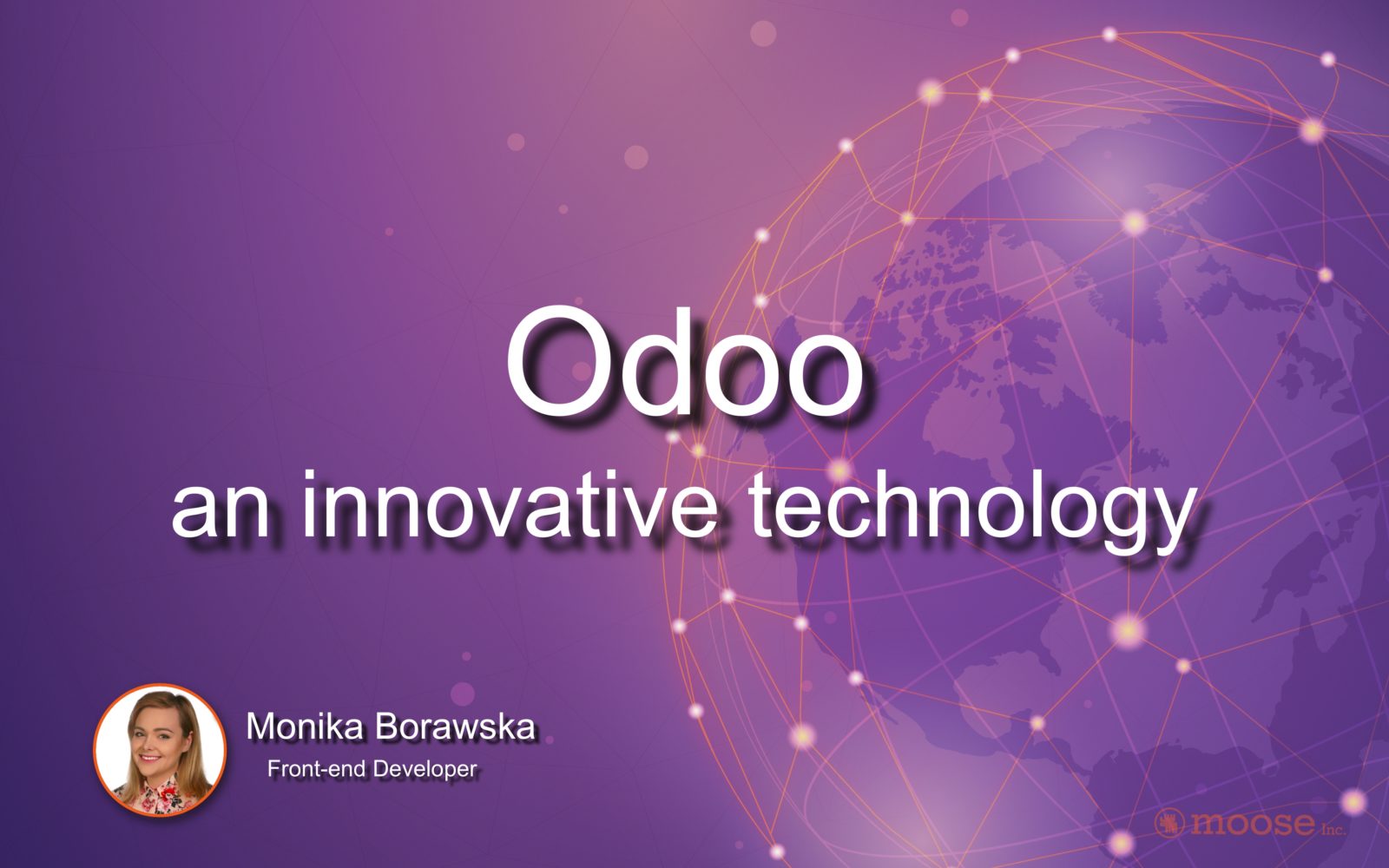When creating new software, we are looking for solutions that will meet the design requirements as much as possible and fully meet the customer’s expectations. We can choose from different types of technologies, tools, frameworks, or systems that are to help us in this. In Moose, we are open to all of them, and recently we met Odoo and we will be happy to tell you about it!
What is Odoo?
Odoo is one of the many ERP systems available on the market. It allows you to automate and improve the company’s operations in many fields, including CRM, MRP, HRM, eCommerce, accounting, sales, project management, and production management. The range of modules that this software offers is really impressive.

When we got to know Odoo, we were surprised how many possibilities this tool offers and how flexible we can adapt the modules to our needs. The modules of this system can be used independently of each other, but they also can be combined quite efficiently and use several at once.
Our task was to create a tool that would help a certain pizzeria manage products, orders, and settlements. We used, among others the “Website” module, thanks to which we could create a website, and its building was done by a builder that allowed the use of ready-made components. Using existing blocks is very simple and intuitive, but if we want to apply solutions beyond the range of possibilities, styling and adding new functionalities is unfortunately not the most pleasant. We had to write a large part of the code ourselves, often overwriting existing styles. The editor, unfortunately, is not very clear and friendly, and each change requires saving and refreshing the page, which significantly extends the work time.


But what apart from the site?
Building a website is simple, but managing products, orders, invoicing, payments, and handling rebate codes is more challenging. So we used other modules proposed by Odoo, incl. “Point of Sale” and “Sale”.
In this case, Odoo also gave many features, presenting ready-made product categories, built-in modules, and components that could be easily displayed, but customization in this case also caused many problems. Products can be divided into categories, create lists of additives or define an alternative product. Many modules also required editing, adding possibilities, categories, or additional options.
What surprised us?
The project was initially created in version 13 of Odoo, but during its duration, version 14 was released, and here began a real avalanche of challenges, emotions, and programming puzzles, which with each new step gave rise to new errors! Unfortunately, this has weakened our confidence in the Odoo system, because what will happen when version 15 is available? However, we have to wait for that.
Do we recommend it?
Sure! As a resource management software, Odoo can be great, it will allow you to streamline operations, control orders, product quantities, or invoice and process payments in one compact system that can be easily handled. It is worth remembering, however, that any custom changes and additional system adjustments will require a lot of time, overcoming many surprising errors and writing code in an average editor. However … Odoo is not as black as it is painted, but also … not as reliable as its creators describe it :)!
We conclude, gather experiences, learn new solutions and start creating new cool projects for you!

